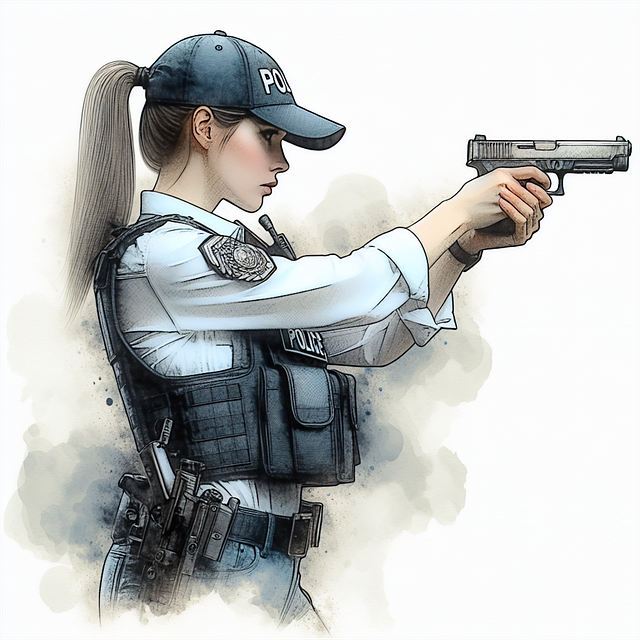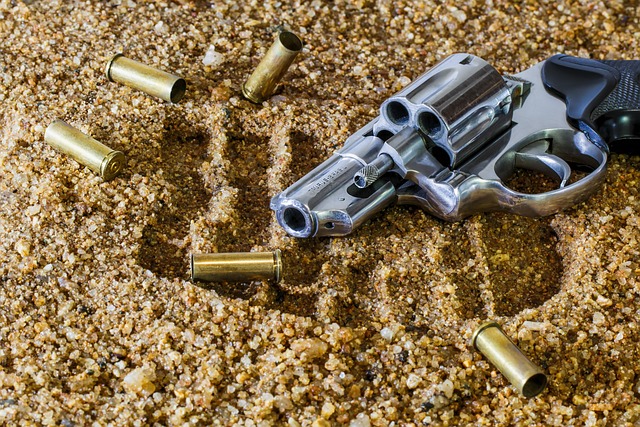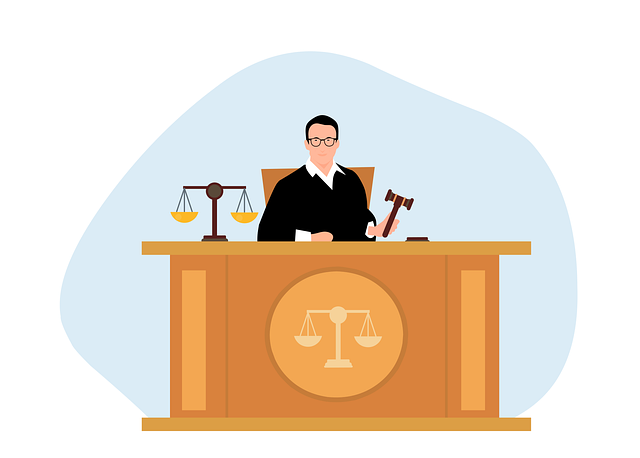Visual evidence, particularly photographs, is crucial in strengthening claims for sidewalk trip and fall accidents. These images serve as concrete proof of hazardous conditions like uneven pavement or loose debris, establishing liability in legal and insurance contexts. For caregiver abuse cases, photos demonstrate living conditions and safety measures. A qualified attorney can guide clients on effectively gathering and presenting these images to bolster claims, ensuring just compensation for victims and holding accountable relevant parties, including property owners and management companies.
In the realm of sidewalk trip and fall claims, visual evidence can be a game-changer. Photos have the power to transform an abstract narrative into a compelling legal argument, vividly documenting accident scenes and strengthening cases. This article explores how photography serves as a crucial tool in sidewalk trip and fall litigation. We delve into the types of images that can leave a lasting impact, the technical aspects ensuring photo effectiveness, and strategic techniques to prove negligence through visual storytelling, ultimately enhancing the chances of success for claimants.
- The Role of Visual Evidence in Sidewalk Trip and Fall Cases
- – Importance of photography in documenting accident scenes
- – Types of images that can strengthen a claim
The Role of Visual Evidence in Sidewalk Trip and Fall Cases
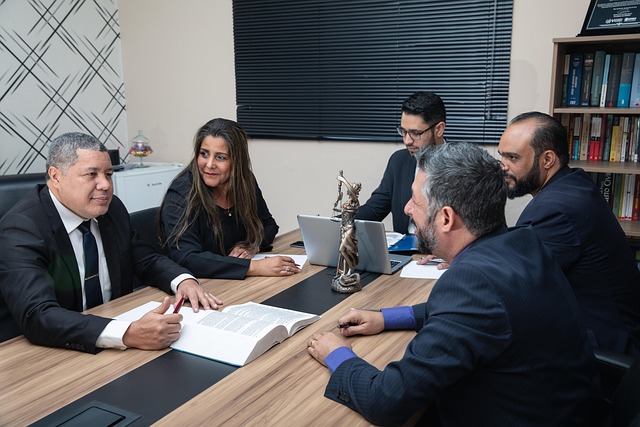
Visual evidence plays a pivotal role in strengthening claims for sidewalk trip and fall accidents. In legal terms, photographs can serve as irrefutable witnesses, providing clear and concrete proof of hazardous conditions that led to a fall. These images can capture everything from uneven pavement, loose debris, or missing side rails on sidewalks, to poorly maintained lighting or signage. Such visual documentation is invaluable in sidewalk trip and fall cases, where establishing negligence is crucial.
For instance, in caregiver abuse or elder law cases involving trips and falls, photographs can demonstrate the living conditions and safety measures (or their absence) that contributed to an incident. Similarly, in personal injury claims arising from car accidents, visual evidence can help establish liability by showing road conditions, vehicle damage, or other relevant factors. A qualified car accident attorney can guide clients on how to gather and present these images effectively to bolster their claims.
– Importance of photography in documenting accident scenes
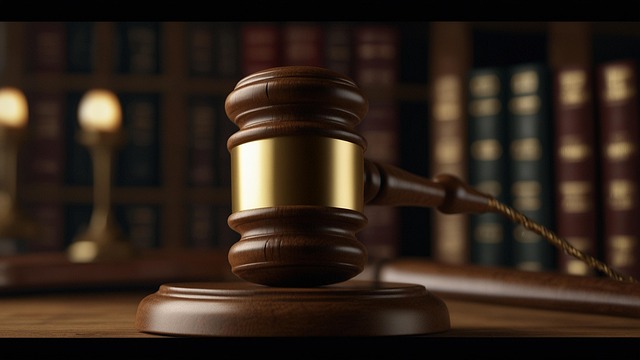
Photography plays a pivotal role in strengthening sidewalk trip and fall claims by providing concrete visual evidence of the accident scene. It helps capture intricate details that may be overlooked or difficult to recall later, such as uneven pavement, loose debris, or defective streetlights. These images serve as irrefutable proof of the hazardous conditions that led to the incident, making it easier for victims to establish liability in both legal and insurance contexts.
Furthermore, high-quality photographs can be instrumental in resolving contract disputes related to property maintenance, especially in real estate transactions. They document the state of sidewalks and walkways before and after an accident, providing a clear record of negligence or poor upkeep. This visual evidence is invaluable when presenting cases involving serious injuries caused by trip and fall accidents, as it aids in securing just compensation for victims and ensuring accountability on the part of property owners or management companies.
– Types of images that can strengthen a claim
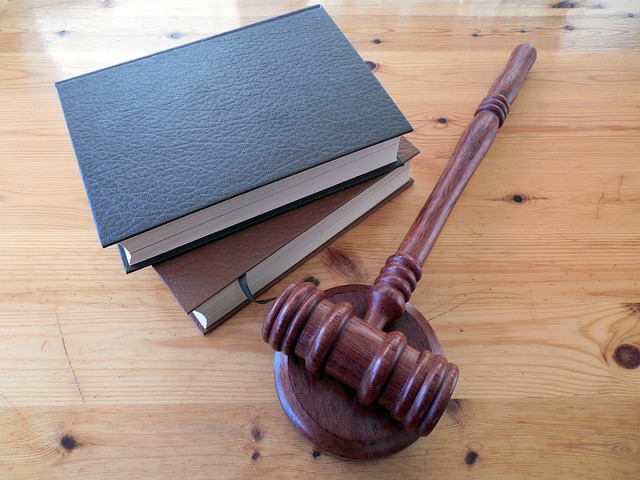
Strengthening your sidewalk trip and fall claim with compelling visual evidence can significantly enhance its credibility. Photographs that capture the exact location of the incident, highlighting uneven surfaces, broken concrete, or missing tiles, can serve as irrefutable proof of negligence. Additionally, images showing visible damage or debris on the walkway—such as scattered construction materials, loose stones, or puddles of water from a leaky sprinkler system—can convincingly illustrate the hazardous conditions that led to the fall.
Beyond these, pictures documenting previous complaints or repairs related to the sidewalk can be powerful tools. These might include notices of maintenance requests, city records of similar incidents, or even before-and-after images of repairs. Such documentation not only establishes a pattern of neglect but also bolsters your slip and fall injuries claim, making it harder for insurance companies or defendants to dispute responsibility, especially in cases involving truck accident injuries or homeowner insurance claims.
In cases involving sidewalk trip and fall incidents, visual evidence can be a powerful tool for strengthening claims. High-quality photographs that accurately document the accident scene, including defects or hazards in the walkway, can provide concrete proof of negligence. By capturing images from various angles, you can effectively communicate the extent of the danger presented to pedestrians. This detailed visual record not only aids in legal proceedings but also ensures that those responsible are held accountable for maintaining safe public spaces.
